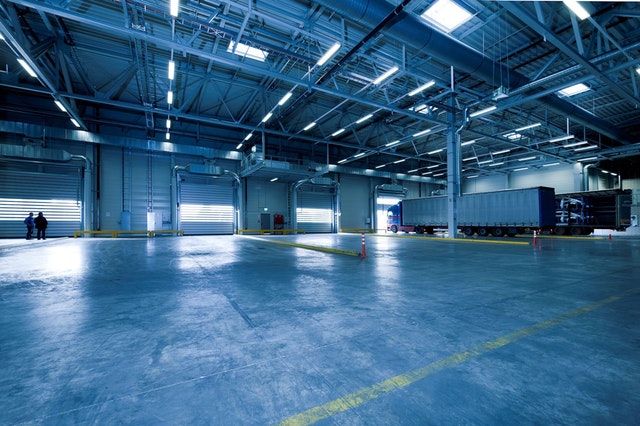2025. gadā mājokļu tirgū gaidāma piesardzīga izaugsme
Although the bank’s data for the past year shows that the Latvian mortgage market has become more active, cautious optimism should be observed in 2025, as the open economies of the Baltic states are affected by foreign policy events and there are currently many unknowns, analyze Bigbank experts.
Data compiled by the Latvian branch of Bigbank shows that the number of newly concluded housing loan agreements in Latvia in November 2024 increased by 116%, while in Lithuania and Estonia the increase was 65% and 62%, respectively, during the same period.
The average loan amount issued per client also increased. In Latvia, in November 2024, it was 39% higher than in November last year. This is due to both changes in housing prices and the rise in customer requirements and quality standards. A similar trend is observed in Estonia, where the average loan amount increased by 47% per year, while a slight decrease (-2%) was observed in Lithuania.
“Last year, the mortgage market saw a recovery, which was also facilitated by the fall in Euribor. Currently, the Euribor SONIA curves indicate that by December 2025, the Euribor level could fall to around 1.95%, with some analysts expecting an even lower level.” Meanwhile, Bigbank experts are more cautious in their forecast – in our opinion, Euribor will be around 2% by the end of next year,” comments Edgars Surgofts, head of Bigbank’s Latvian branch. Experts from the real estate company Latio also point to positive growth. “If at the beginning of last year the housing market did not show any noticeable signs of recovery, then the second half of the year marked much higher activity and pushed buyers towards decision-making,” says Ksenija Ijevleva, a market analyst at Latio. According to Latio data, buyer activity in the capital has increased significantly, with the total number of transactions showing an upward trend in the last months of the year, including transactions with mortgage loans.
Looking at the housing and, consequently, mortgage market in 2025, there is still cautious optimism that growth could continue.
“Stable employment and rising wages in some sectors, combined with lower Euribor interest rates, could encourage customers to make long-term investment decisions, including considering larger home purchases or energy-efficient renovations,” predicts Raul Eamets, chief economist at Bigbank. At the same time, he warns that the Baltic countries, as small open economies, are still exposed to external shocks, and there are still a number of unknowns. Europe is looking with concern at the United States (US), because so far Donald Trump has been aggressive in his promises. Namely, to impose 25% tariffs on Canada and Mexico if they do nothing about illegal immigration and drug smuggling. However, the countries have started negotiations, and it seems that drastic trade restrictions may not happen. “At the same time, the US president has promised to focus less on climate change, while if the European Union continues to stick to its ecological timetable, it will undoubtedly reduce the competitiveness of member states in the future. Another challenge in Europe is the German economy, which is facing serious structural problems. Economic models based on cheap Russian gas are no longer working, and news of large-scale layoffs and factory closures comes from Germany almost every day, there was also a strike by car manufacturers in December,” explains Eamets. He also draws attention to the fact that another unknown is the potential changes in the geopolitical situation. “Will international efforts succeed in ending the war in Ukraine and what will be the consequences for us? Is a new geopolitical crisis on the horizon that could cause another refugee crisis in Europe? There are many unanswered questions,” the expert believes. In turn, “Latio” market analyst Ksenija Ijevleva assumes that interest in larger areas could return and people will look for modern, comfortable, modern-day housing. At the same time, challenges remain in the market, such as insufficient supply of quality properties in the regions and limited mortgage loan opportunities in remote rural areas. According to “Latio” data, the number of transactions is also growing outside Riga, but not so rapidly. People migrate to where there are jobs and where they can find housing. In addition, in economically developed regions, there are often difficulties with finding housing.
Read more articles here










